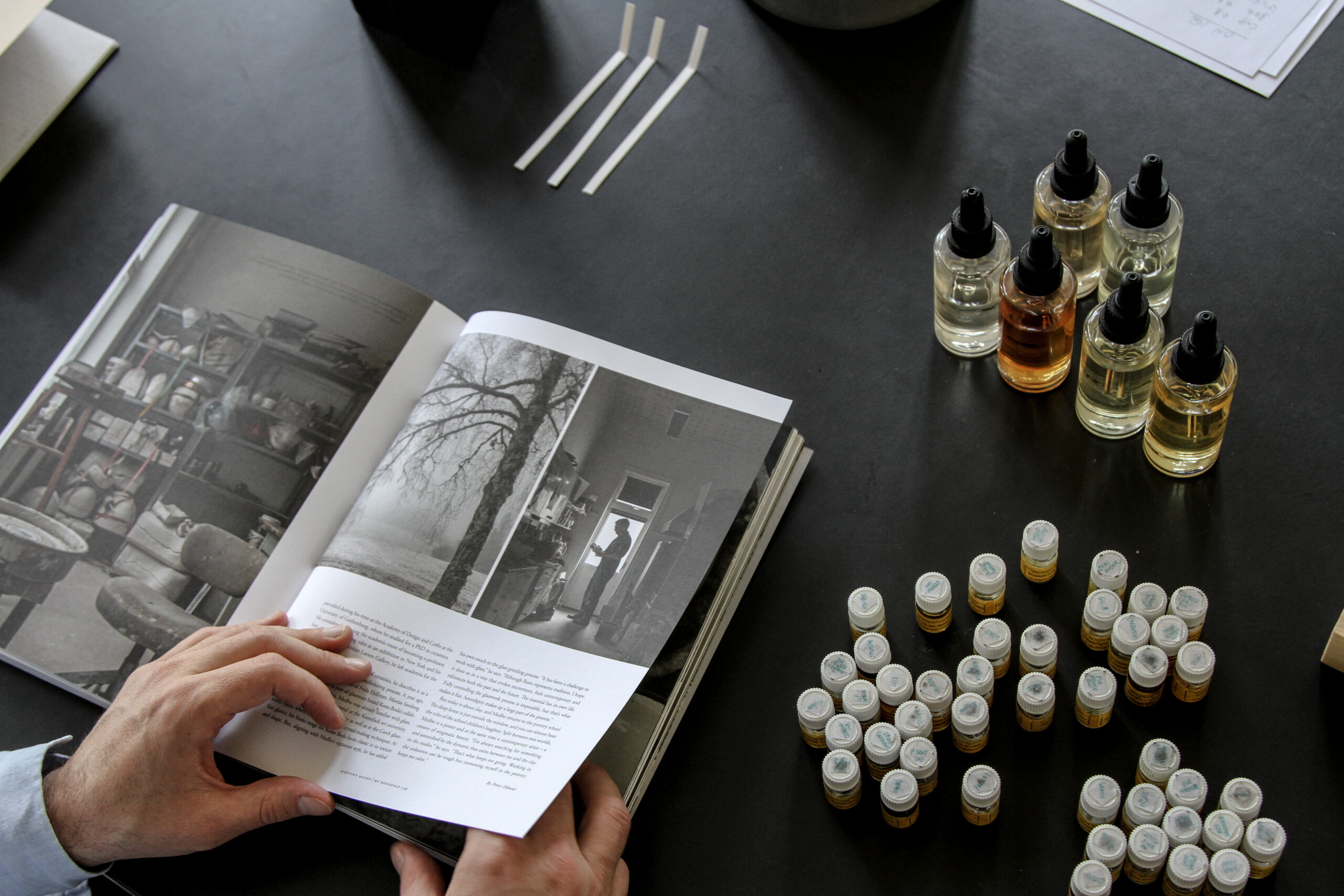 Is agile working the new norm?|||
Is agile working the new norm?|||
With countries going into lockdown one by one in response to the rapid spread of COVID‐19, businesses are having to juggle protecting employees and broader society from infection while also maintaining business as usual.
The result is the world’s largest experiment in agile working, as hundreds of thousands ‐ if not millions ‐ of workers across the globe familiarise themselves with working from home and the challenges that it can bring. In the last decade we have seen a movement that has blurred lines between home, office and third space working environments, like coffee shops and other public realms. While it is too soon to gain any real insight into how the virus will impact productivity, there is likely to be a fundamental shift in the way we view workspace and human interactions.
It may result in a broader shift to agile or more flexible working, empowering employees to choose when, where, and how they work – which may be a newer concept for more traditional companies. It will be our responsibility as architects and designers to help them through this journey, and office design as we know will change dramatically.
Read more: 5 tips for working from home
Design features alone will not drive change. Giving people flexibility over when, where and how they work will, as demonstrated by research from recruitment consultancy, Capability Jane, which revealed 81% of UK employees feel that flexible working makes a job far more attractive. A growing focus on wellbeing, sustainability and advances in technology, such as 5G, are already driving a move towards agile working, as reflected in recent design movements. Coronavirus is acting as a catalyst, not an initiator, accelerating existing trends in society.
Wellbeing
Given the amount of time people spend inside and at work, which is currently more than ever as we adjust to working from home, the entirety of commercial real estate ‐ from occupiers through to investors and developers ‐ is waking up to the fact they have a huge role to play in protecting and boosting employees’ mental and physical wellbeing. Agile working provides employees with the opportunity to make their own schedule as they are able to fill their day with more balance, especially if they are not having to spend time commuting.
This includes the chance to exercise regularly, the ability to break out of the 9‐5 structure, and the freedom to choose their own working set up. It is important that companies understand that the types of benefits associated with a more flexible working environment and office space is one many seek in their employment. As architects and designers, we need to engage with these needs early on in design through collaboration and co‐creation with our clients.
Furthermore, this is also good for business’s bottom lines. Research by Oxford University’s Saïd Business School, in collaboration with BT found happier, healthier employees are more productive, increasing likeliness to stay for the long‐term, reducing staff turnover and associated costs such as recruitment and training.
Sustainability
While we are rightly, currently focussing on the impact of the coronavirus, we cannot forget the climate change emergency. Consumers and businesses are ever more conscious of their impact on the environment, and the way we work will have to change as a result. Agile working makes better use of people and space assets, as work environments can adapt and respond to varying amounts of users.
Flexibility can hugely improve sustainability through reducing the carbon footprint of large office space energy requirements, as well as reduced commuting, and even less paper usage as digital platforms take dominance. With less traditional workplaces and more collaborative interactive areas, workspaces will become more environmentally friendly.
Read more: 3 self-care tips for working during the COVID-19 pandemic
Whether through choice or necessity, agile working lends itself to employees working from home. Climate change publication, Carbon Brief, claims that due to the Coronavirus response measures taken in China, carbon emissions in the country have reduced by a quarter, with nitrogen dioxide levels down by 37%.
This is of course not purely down to reduced car use, but Monster’s research on work‐life balance estimates that with more businesses allowing employees to work from home, 2025 will see 374,931 fewer cars on the road. Perhaps this global trial in working from home will encourage us to push those numbers even further.
Technology
As most of us access news, emails, and social media on smartphones, we don’t need reminding how much the digital world has invaded the real one. Yet we’re only really at the tip of the iceberg, as the next generation of mobile technology will demonstrate. Once‐futuristic tech like Augmented and Virtual Reality will become feasible on a mass scale thanks to 5G.
AR and VR especially will fundamentally change the way we can hold meetings for example, as people from across the globe can sit in the same virtual meeting room, driving engagement in a way speaking over a telephone cannot. It is clear that greater adoption of agile working is not only inevitable, but necessary for businesses to be both competitive in the market and resilient in the face of crisis.
The hope is that people will perform a level of collaborative and concentrative work at home or in other locations and they will come into the office for the more meaningful face‐to‐face interactions. Agile working won’t be the death of the office but rather part of its continued evolution.
Read more: Do new workplaces work?
Kate Vine, Principal at the London Studio of Perkins and Will, contemplates the future of agile working























